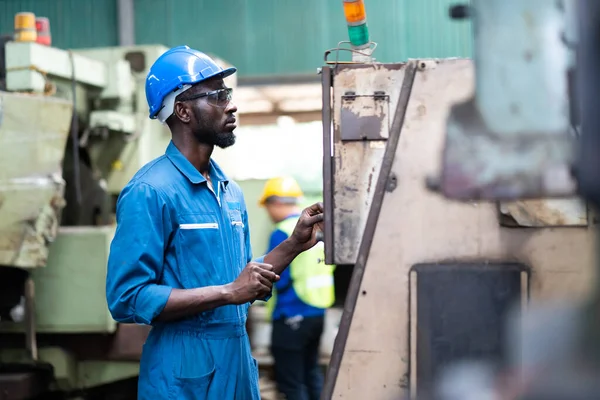Disaster-resilient design is a critical aspect of modern architecture and engineering, particularly in regions prone to natural disasters such as earthquakes, hurricanes, floods, and wildfires. Structural engineers play a vital role in creating buildings and infrastructure that can withstand these events, ensuring the safety of occupants and minimizing damage. This article explores the importance of disaster-resilient design, the role of structural engineers, and the strategies they employ to enhance resilience.
Understanding Disaster-Resilient Design
Disaster-resilient design refers to the practice of designing buildings and infrastructure to withstand and recover from natural disasters. The goal is to protect human life, reduce economic losses, and maintain functionality in the aftermath of a disaster. This approach involves not only structural integrity but also the consideration of environmental, social, and economic factors.
Key Principles of Disaster-Resilient Design
- Risk Assessment: Identifying and assessing potential hazards and vulnerabilities.
- Sustainable Practices: Utilizing sustainable materials and construction methods that enhance resilience.
- Adaptability: Designing structures that can be modified or upgraded to respond to changing conditions and emerging threats.
- Community Involvement: Engaging with local communities to understand their needs and integrate traditional knowledge into design solutions.
The Role of Structural Engineers
1. Conducting Risk Assessments
Structural engineers begin the disaster-resilient design process by conducting thorough risk assessments. This involves:
- Analyzing Local Hazards: Identifying potential natural disasters that may affect the area, such as earthquakes, floods, or hurricanes.
- Evaluating Site Conditions: Assessing soil stability, water drainage, and other site-specific factors that may impact structural performance during a disaster.
- Understanding Building Codes: Familiarizing themselves with local codes and regulations that pertain to disaster resilience.
2. Designing for Strength and Stability
A primary responsibility of structural engineers is to design buildings that can withstand the forces generated by natural disasters. This involves:
- Selecting Appropriate Materials: Choosing materials that have high strength-to-weight ratios and can endure extreme conditions, such as reinforced concrete or steel.
- Implementing Structural Systems: Designing structural systems (e.g., braced frames, shear walls) that distribute loads effectively and enhance stability during seismic or wind events.
- Incorporating Redundancy: Designing structures with redundant systems that allow them to maintain stability even if one component fails.
3. Utilizing Advanced Technologies
Structural engineers increasingly leverage advanced technologies to enhance disaster resilience:
- Building Information Modeling (BIM): Using BIM software to create detailed 3D models that simulate structural performance under various disaster scenarios.
- Seismic Isolation Systems: Implementing state-of-the-art seismic isolation systems that allow buildings to move independently of ground motion, reducing damage during earthquakes.
- Smart Materials: Exploring the use of smart materials that can adapt to environmental changes, providing additional resilience.
4. Creating Sustainable Designs
Sustainability and disaster resilience are closely linked. Structural engineers promote sustainable practices that enhance resilience in several ways:
- Energy Efficiency: Designing energy-efficient buildings that can reduce reliance on external power sources during disasters.
- Water Management: Incorporating effective water management systems to prevent flooding and manage stormwater runoff.
- Use of Local Materials: Utilizing locally sourced materials to reduce transportation impacts and support regional economies.
5. Collaborating with Multi-Disciplinary Teams
Disaster-resilient design requires collaboration among various professionals, including architects, urban planners, and emergency management experts. Structural engineers play a crucial role in this interdisciplinary approach by:
- Integrating Architectural and Structural Design: Working closely with architects to ensure that aesthetic and functional design elements align with structural integrity and resilience.
- Engaging with Local Governments: Collaborating with local authorities to ensure that disaster-resilient designs comply with community needs and regulations.
- Incorporating Community Input: Listening to community stakeholders to understand their concerns and preferences regarding disaster resilience.
6. Preparing for Recovery and Continuity
Post-disaster recovery is as important as pre-disaster planning. Structural engineers contribute to recovery and continuity by:
- Designing for Functionality: Ensuring that critical buildings, such as hospitals and emergency shelters, are designed to remain operational during and after a disaster.
- Developing Mitigation Plans: Assisting communities in creating disaster mitigation plans that outline strategies for rebuilding and recovery.
Conclusion
The role of structural engineers in disaster-resilient design is multi-faceted and essential for creating safe and sustainable built environments. Through thorough risk assessments, innovative design practices, and collaboration with various stakeholders, structural engineers help ensure that buildings and infrastructure can withstand the challenges posed by natural disasters.
As climate change continues to increase the frequency and intensity of natural disasters, the importance of disaster-resilient design will only grow. By embracing new technologies and sustainable practices, structural engineers can contribute significantly to building resilient communities that are better equipped to face the uncertainties of the future.








